Coco Peat vs Peat Moss – Why Vinatap Coco Coir Is the Better, Sustainable Choice
Learn the difference between coco peat and peat moss, and why Vietnam Vinatap Company’s coco coir is the sustainable alternative for hydroponics and organic farming.
????
Coco Peat vs Peat Moss – Why Vinatap Coco Coir Is the Better, Sustainable Choice
A Complete Comparison for Growers and Organic Farmers
Learn the difference between coco peat and peat moss, and why Vietnam Vinatap Company’s coco coir is the sustainable alternative for hydroponics and organic farming.
????
1. What Is Coco Peat?
Coco Peat (Coir Pith) is a natural, renewable material made from the husk of coconuts.
After removing fibers from the husk, the remaining fine particles are collected, washed, dried, and compressed — becoming coco peat blocks or grow bag substrates.
Produced by Vietnam Vinatap Company, coco peat offers:
✅ High water retention (7–8x its weight)
✅ Neutral pH (5.5 – 6.5)
✅ Low EC (< 0.5 mS/cm) after washing
✅ Excellent aeration for root growth
✅ 100% organic, renewable, and biodegradable
???? Made from coconuts — not mined from the earth.
????️
2. What Is Peat Moss?
Peat Moss (Sphagnum Moss) is formed from decomposed organic matter found in peat bogs, primarily in Canada, Finland, and Northern Europe.
It takes thousands of years to form naturally and is non-renewable when harvested.
While peat moss has good water-holding capacity, its environmental cost is significant:
⚠️ Harvesting releases stored CO₂ into the atmosphere.
⚠️ Peatlands are critical carbon sinks and biodiversity habitats.
⚠️ Extraction causes long-term soil degradation and flooding risk.
❌ Peat moss is not sustainable — once removed, it takes centuries to recover.
⚖️
3. Coco Peat vs Peat Moss – Comparison Table
|
Criteria |
Coco Peat (Vinatap) |
Peat Moss |
|---|---|---|
|
Source |
Coconut husk (renewable) |
Peat bog (non-renewable) |
|
Sustainability |
???? 100% eco-friendly |
⚠️ Environmentally damaging |
|
Water Retention |
700–800% |
500–600% |
|
Aeration |
Excellent |
Moderate |
|
pH Range |
5.5 – 6.5 (neutral) |
3.0 – 4.5 (acidic) |
|
Reusability |
2–3 crop cycles |
Single use |
|
Decomposition Rate |
Slow, durable |
Decomposes quickly |
|
Availability |
Global (tropical regions) |
Limited (northern climates) |
|
Cost Efficiency |
More affordable for bulk use |
Higher transport & extraction cost |
|
Carbon Impact |
Carbon-neutral |
High CO₂ emission |
???? Coco peat wins in every category — clean, renewable, and high-performing.
????
4. Benefits of Using Vinatap Coco Peat Instead of Peat Moss
✅
1. Environmentally Responsible
Coco peat from Vietnam Vinatap Company is made from agricultural waste — repurposing coconut husks that would otherwise be discarded.
By using it, growers help reduce waste, protect peatlands, and cut carbon emissions.
✅
2. Ready-to-Use for All Crops
Vinatap coco peat is washed, sieved, and pH-balanced, suitable for:
-
Hydroponics
-
Nurseries
-
Vegetable farming
-
Flower and fruit production
-
Organic gardening
✅
3. Long-Lasting and Reusable
Unlike peat moss, which breaks down after one season, coco peat can be reused for multiple crop cycles when properly managed.
✅
4. Safer for Roots
Coco coir maintains high oxygen exchange at the root zone, reducing disease and root rot risks common in compact peat moss substrates.
✅
5. Sustainable by Design
Produced using biomass heat, recycled water, and zero chemical additives, Vinatap coco peat aligns with ESG and OMRI organic standards.
???? Better for your plants. Better for the planet.
????
5. Global Trend – The Shift from Peat Moss to Coco Coir
Many countries are phasing out peat moss due to environmental regulations.
-
???????? UK will ban retail peat moss by 2030.
-
???????? EU promotes sustainable growing media under Green Deal initiatives.
-
???????? Australia and New Zealand favor BICON/MPI-approved coco coir imports.
This global shift opens the door for Vietnam Vinatap Company to supply eco-friendly coco coir substrates for:
-
Greenhouses
-
Garden centers
-
Organic certification programs
-
Large-scale horticultural distributors
???? Coco peat is not just an alternative — it’s the future of sustainable agriculture.
????
6. Vinatap’s Commitment to Sustainability
Vietnam Vinatap Company operates a zero-waste, carbon-reduced production system:
-
Biomass furnace using rice husk & cashew shell
-
Closed-loop washing & water recycling
-
OMRI & ISO-certified process
-
Full traceability by batch code
-
Export-ready documentation for 30+ countries
???? Sustainability isn’t an option at Vinatap — it’s our identity.
????
Did You Know?
Did you know that 1 ton of Vinatap coco peat can replace 1.5 tons of peat moss, saving over 2 tons of CO₂ emissions?
Every container of Vinatap coco coir shipped abroad helps preserve natural peatlands — one of Earth’s most important ecosystems.
???? Choose the sustainable way. Choose Vietnam Vinatap Company.
????
Contact Vietnam Vinatap Company
Vietnam Vinatap Company (Vinatap Co., Ltd)
???? Long Binh Industrial Zone, Bien Hoa, Dong Nai, Vietnam
???? Email: vinatap@gmail.com
???? WhatsApp: +84 888 888 8609 | WeChat: +84 912 100 118
???? Website: www.vinatap.vn
????
SEO Keywords (Optimized for 2025)
coco peat vs peat moss, sustainable growing media, coco coir vs sphagnum peat, coco peat Vietnam Vinatap Company, organic peat alternative, eco-friendly substrate, peat-free horticulture, hydroponic coco coir Vietnam, coco peat manufacturer, replace peat moss, sustainable agriculture Vietnam, low EC coco coir exporter, coco coir environmental benefits
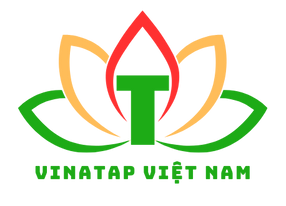











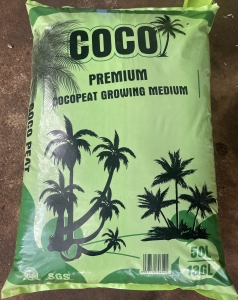
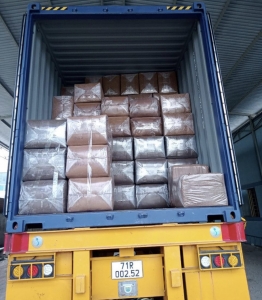
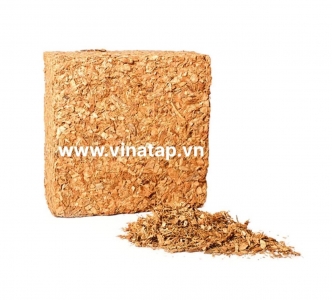
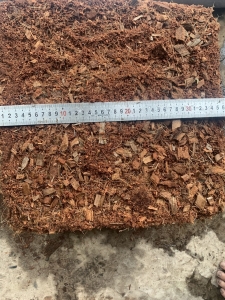
 Online: 4
Online: 4
 Total access: 4386611
Total access: 4386611